[ad_1]
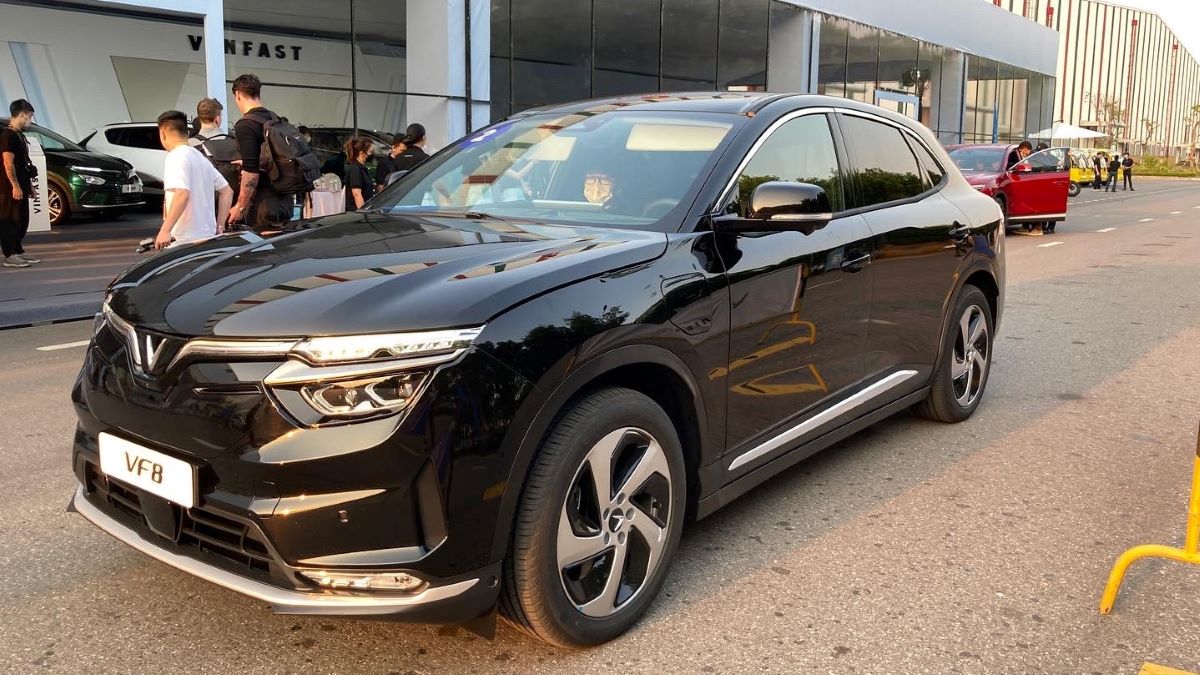
It’s rare when an all-new car model comes along. It’s rarer still when an all-new automaker arrives, builds a factory, and then begins building cars that people actually like and buy. Rarer than that? When that new automaker is able to survive amid established, well-known competition.
VinFast has already succeeded in making the first two of those hurdles a reality, and that third and hardest task appears quite doable from what we’ve seen so far into this automaker’s brief but impressive existence.
Unless you are among the earliest adopters of electric vehicle (EV) tech or a serious car fanatic, you’ve probably never even heard of VinFast. That’s why we’ve made this primer.
VinFast is a new Vietnamese automaker. VinFast recently invited Kelley Blue Book to its home country to see what the company is all about, tour its factories, and hear about its ambitious plans for introducing its cars to the United States.
Let’s start with the basics.
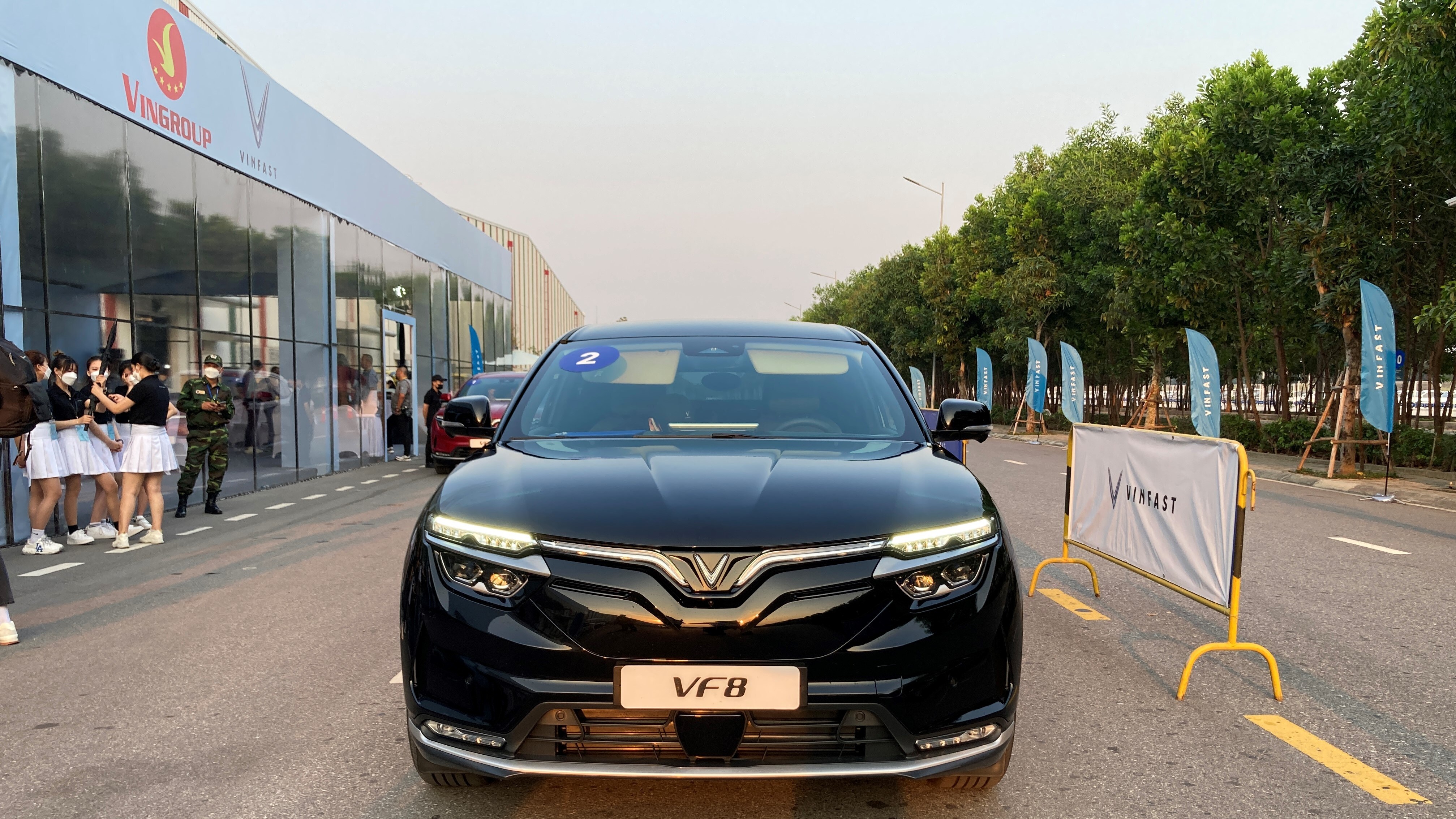
What is VinFast?
VinFast is a Vietnamese automaker that was established in 2017. VinFast is Vietnam’s first global automaker.
Who is behind VinFast?
Though VinFast itself is new, the upstart automaker is part of a much larger conglomerate: VinGroup. Founded in 1993 by Pham Nhat Vuong, VinGroup is a very big deal in Vietnam. There, its industries span from building homes and educational institutions to developing better healthcare. And that’s just the start. Its products and services also include leisure, entertainment, and academic components. The conglomerate recently created a state-of-the-art university outside of Hanoi, and runs resorts with their own amusement parks. Pham started off selling dried noodles; he is now a billionaire and Vietnam’s richest man.

Tell me about VinFast cars:
VinFast launched its first cars in 2019 in its home country. The vehicles were based on existing models – such as an SUV and sedan using architecture from BMWs. Now the company is rapidly pivoting to electric vehicles (EVs). It plans to stop producing gasoline-powered cars this year and only make EVs. The first to hit the U.S. market are two electric SUVs: the 5-passenger VinFast VF 8; and the larger, 3-row VinFast VF 9. They are slated to arrive in the U.S. around the end of the year.
Where are VinFast cars made?
VinFast builds its vehicles in Vietnam, at least for now. We had a chance to tour VinFast’s factories, and they are indeed state of the art. They are also nearly brand new, built from scratch in less than two years’ time. And its modern factories in Vietnam appear to be only the beginning. The company recently announced it is investing $2 billion in a factory in North Carolina. That will enable VinFast to build cars here in America, too.
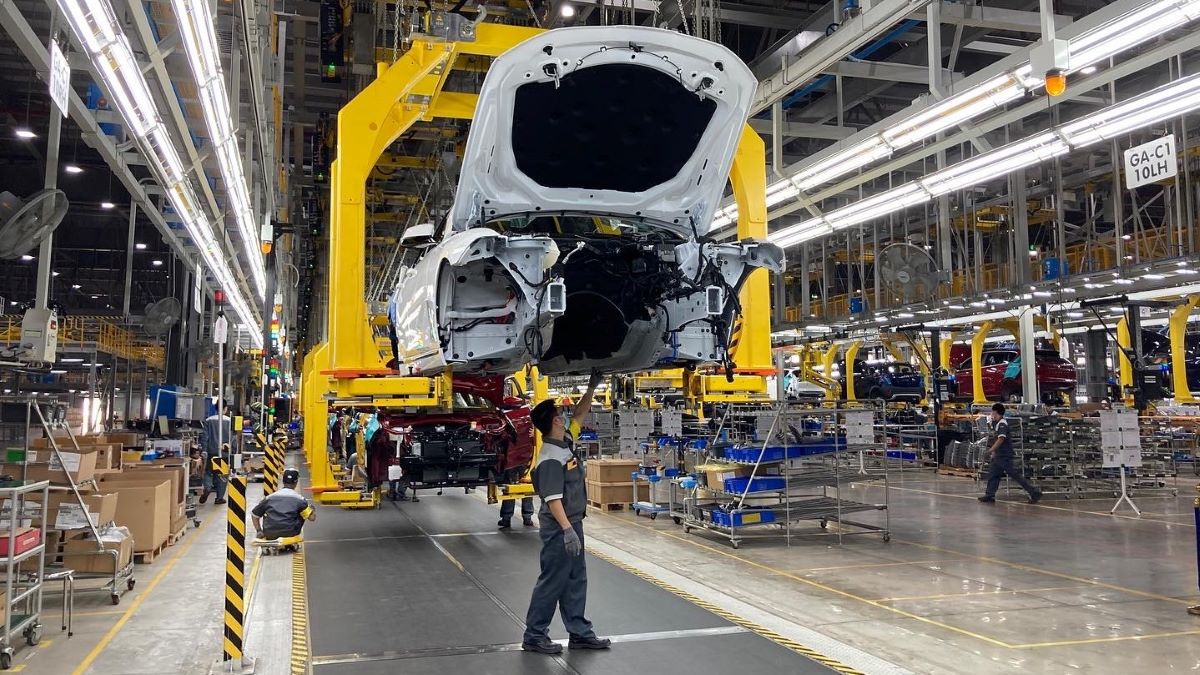
Why is it called VinFast?
First off, the “Vin” naming is consistent with VinGroup in general, which also has units such as VinSchool (education), VinHomes (yes, houses), VinBus (mass-transit buses), and even VinBrain (focusing on artificial intelligence). We told you VinGroup is huge. Anyhow, the “Fast” in VinFast is actually an acronym, and roughly translated its letters in Vietnamese mean style, safety, creativity, and pioneering.
Will VinFast succeed?
VinFast’s cars are already popular and sought-after in Vietnam, and are a point of pride there. In the United States, VinFast’s long-term success is still a question mark, as it is still getting up and running. In the short term, however, VinFast appears to be a serious player. The company says it has 55,000 reservations for its EVs worldwide, but hasn’t given a breakdown of how many of those are from the U.S. Anecdotally, on our trip with VinFast to Vietnam, we met several U.S. and Canadian customers who have put down deposits on multiple VinFast vehicles and were invited by the company as VIPs.
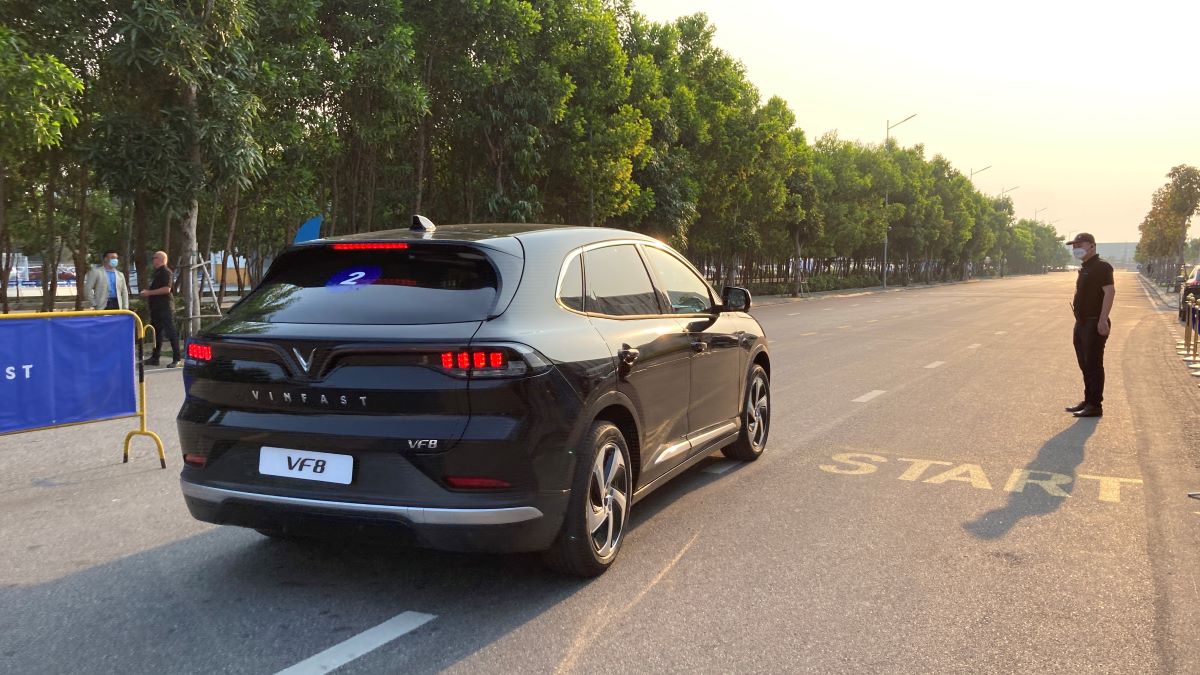
Are VinFast’s cars any good?
We had a chance to briefly drive a very pre-production version of the VF 8. From our limited experience, the cars appear well-built and potentially competitive. Our test model needed further tuning, especially with initial throttle application, but these are relatively easy modulations. Moreover, the VF 8 and VF 9 are stylish. VinFast worked with famous Italian design house Pininfarina on the models. If Pininfarina was good enough for Ferrari, it’s certainly good enough for this fledgling automaker.
How much is a VinFast?
The 2023 VinFast VF 8 will start at $40,700, while the VF 9 will begin at $55,500. This is before any potential EV tax credits or incentives such as the federal credit of up to $7,500.
What’s up with the VinFast battery lease?
VinFast is trying something new for an electric vehicle: It will sell you the car, but you lease the battery, at least for the first model year. Two battery lease plans are set to be available: the unlimited mileage plans cost $110/month for the VF 8 and $160/month for the VF 9.
Buyers who drive fewer than about 1,000 miles per month might opt to lease the battery at $35 per month for the VF 8 or $44 for the VF 9, which covers 310 miles of range per month. Additional miles cost $0.11 per mile in the VF 8 and $0.15 in the VF 9.
Starting in 2024, buyers will have the option to buy the battery with the vehicle, but the company has not yet outlined prices.
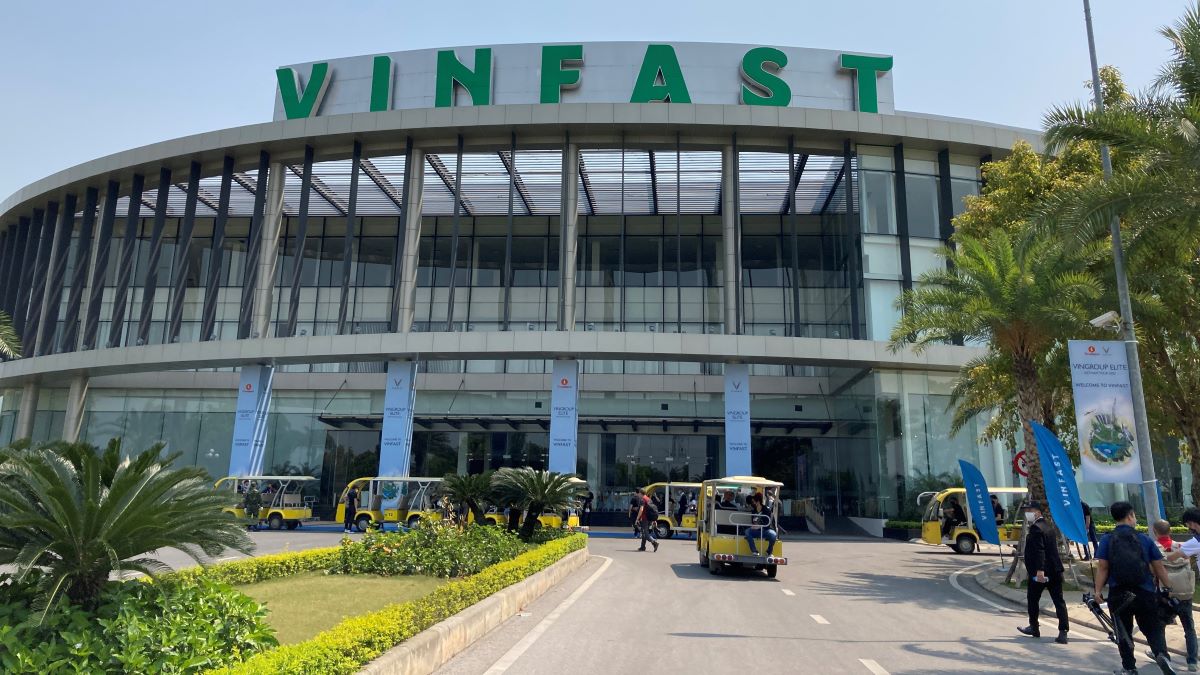
Where are VinFast’s headquarters?
VinFast’s headquarters are in Haiphong, Vietnam, where its factory is. VinFast’s U.S. headquarters are in Los Angeles, California.
What’s next for VinFast?
The next couple of years will be busy for the Vietnamese automaker. It is preparing to launch the VF 8 and VF 9 electric SUVs, followed by smaller electric SUV models like the VF 7 and VF 6, which it previewed this year at CES.
Will VinFast and its parent make more than just cars in the United States?
We asked this question directly to its founder during a media roundtable (via a translator). For the time being, the company will focus on producing electric vehicles and partnering with companies for as-yet-named services for its customers. VinFast says it is also working with car rental and leasing companies.
Will there be VinFast dealerships?
VinFast is not using the traditional dealer model. Instead it is following what other EV startups such as Tesla and Rivian are doing by selling directly to customers. Moreover, VinFast says its cars will be sold in all 50 states.
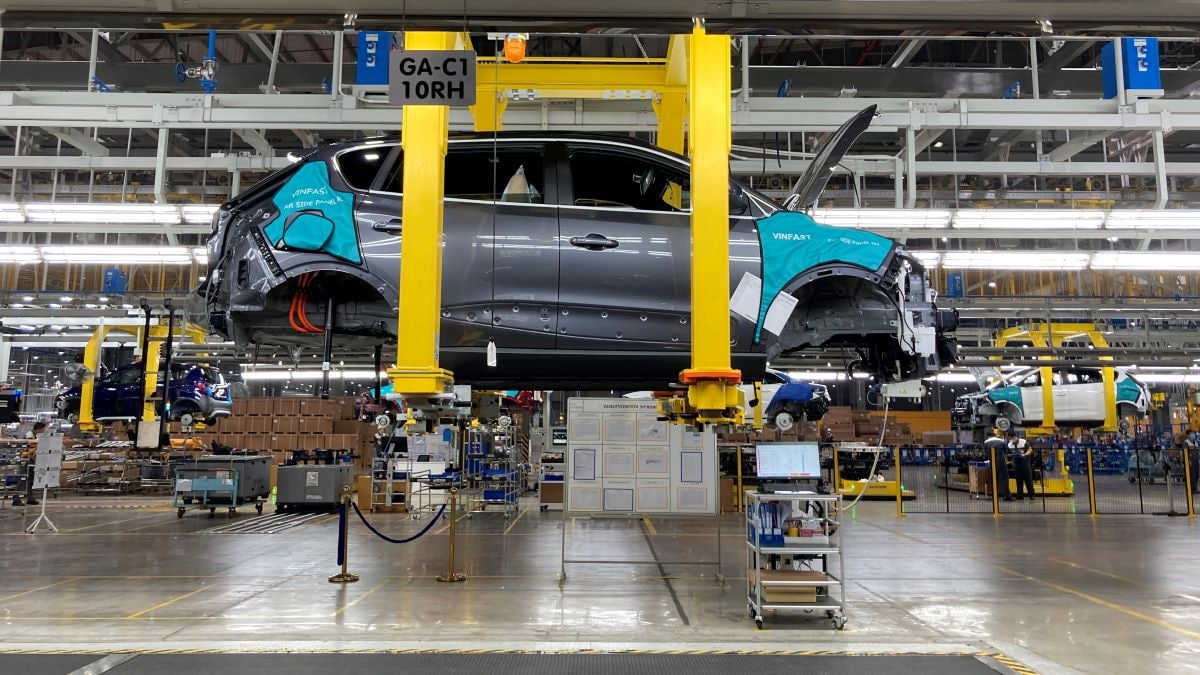
What’s your take on VinFast in general?
If VinFast simply wanted to bring traditional gas-powered vehicles to the U.S., it would be an extremely difficult task. There is already so much competition, especially in the bread-and-butter segments of midsize SUVs. But VinFast will only be making electric vehicles for sale in the U.S., and while more and more EVs are showing up or planned every day, it’s still a segment that’s ripe with potential. We need only look at Tesla as Exhibit A. In about a decade it went from startup to being the best-selling luxury automaker in America.
A more recent example is Rivian, which sprung up to beat traditional brands such as Ford and Chevy to the punch by introducing its electric truck to market first. If the VinFast VF 9 were on the road today, it would be the first mainstream 3-row electric SUV. Depending how things shake out, it might just still be when it arrives around the end of this year or early next year (exact timing is still TBA).
In general, if VinFast can move quickly and find solid footing, it has a chance to establish itself as a player among mainstream electric vehicles – that is, EVs that everyday buyers can afford, not just those with the deep pockets needed for luxury EVs.
It’s a tough game, for sure, and automaking in general is not for the weak or short-funded. For every Tesla or even Lucid, there are multiple brands that have failed or merely teeter on the brink of bringing electrified cars to life, touting grandiose plans but never making them happen.
From what we’ve personally seen of VinFast, it’s a company that moves lightning quick and is backed by very deep pockets. In this electrified era, both are a necessity, not an option. Throw in the fact that the vehicles look stylish and have approachable prices, and VinFast could have a chance. As they say: Stay tuned.
[ad_2]
Source link




